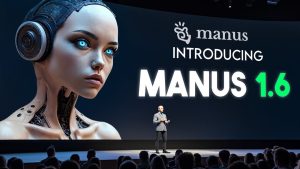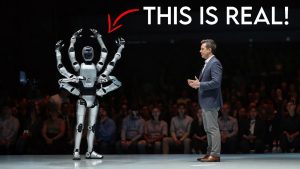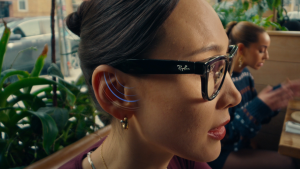Exploring Runway ML’s Act One Revolutionizing AI-Driven Animation

Runway ML’s Act One is a groundbreaking tool transforming animated character creation. Using real video inputs, it captures facial movements and transplants them onto digital characters. This innovation opens up animation possibilities for creators using just a smartphone.
By harnessing AI, Act One simplifies the complex process of facial animation. It removes the need for traditional, expensive equipment by enabling transposition of performances onto 3D models. The result is professional-grade animations accessible to all. This article explores its capabilities, potential, and impact on the creative industry.
Understanding Runway ML’s Act One
Act One uses AI to capture an actor’s facial movements and apply them to digital characters. This allows creators to generate realistic animations with limited resources. The technology is versatile and compatible with various character types, making it a game-changer for independent creators.
The tool simplifies the facial animation process by eliminating the need for motion capture equipment. It preserves the emotional nuances of an actor’s performance, delivering a lifelike quality. Users can leverage their own video recordings to create intricate animations effortlessly.
Act One’s key strength is its adaptability. It can handle different stylesâfrom cartoonish characters to photo-realistic models. This adaptability makes it a valuable asset for various projects, including films, games, and educational materials.
Key Features and Capabilities
The platform replaces traditional animation workflows with AI-driven processes. It supports creating animated backgrounds and dynamic scenes. However, it has limitations with camera movement, which the developers are actively addressing.
Users have the freedom to act out scenes in front of a camera, which AI then translates into character movements. This provides an authentic expression captured directly from the actor, enhancing storytelling possibilities.
Act One enables users to seamlessly integrate their performances into pre-existing animated characters. The technology’s ability to transpose performances onto virtually any character format broadens its applicability.
Technical Challenges and Solutions
One challenge is achieving smooth character movements, particularly with animation styles. Despite this, the technology delivers impressive results with static backgrounds.
The method involves rendering facial features with precision, even for complex animations. Continuous development aims to resolve issues like blinking inconsistencies, ensuring more natural expressions.
Consistent character representation across scenes is another priority for developers. This would allow for more cohesive storytelling without noticeable character discrepancies.
User Experience and Accessibility
Act One’s user interface is designed for ease of use, making it accessible to both seasoned animators and beginners. The intuitive design streamlines the animation creation process.
Users can select from a range of predefined characters or upload custom ones via platforms like Idiogram AI. This flexibility caters to various creative needs and encourages unique artistic expressions.
The platform’s accessibility extends to the hardware requirements, which are minimal. All creators need is a device to capture video, making the tool widely usable for content creation.
Community Impact and Creativity
The introduction of Act One has sparked creativity within the animation community. It allows creators to experiment with new styles and methods, enhancing their projects.
Community feedback plays a role in Act One’s evolution, providing insights that drive improvements. This collaborative effort is crucial for the technology’s growth.
Creators are exploring new narratives through Act One. Its capabilities encourage innovative storytelling, pushing the boundaries of traditional animation.
Comparing Traditional and AI-driven animation
Traditional animation requires extensive resources and technical expertise. Act One simplifies this by offering a cost-effective, AI-driven solution accessible to many.
The AI technology offers a newfound efficiency in creating animations, reducing time and investment. This is particularly beneficial for smaller studios and independent artists.
While traditional animations use frame-by-frame techniques, Act One dynamically renders scenes based on real-time facial expressions. This approach enhances creative freedom and project versatility.
Future Developments and Enhancements
Future updates aim to improve facial feature recognition and animation fluidity. Developers are working to refine these aspects for an even more seamless user experience.
There is potential for integrating full-body performance capture, expanding storytelling possibilities. Such developments would make Act One a comprehensive animation tool.
As technology evolves, Act One will likely incorporate new features that further democratize animation production. These anticipated enhancements promise broader access to professional animation capabilities.
Runway ML’s Act One is revolutionizing animation by making sophisticated tools accessible to everyone. Its AI-driven capabilities redefine character creation, fostering innovation and creativity.
As the technology evolves, its potential to impact storytelling and animation grows. Act One paves the way for diverse and dynamic creative expressions in digital content creation.







